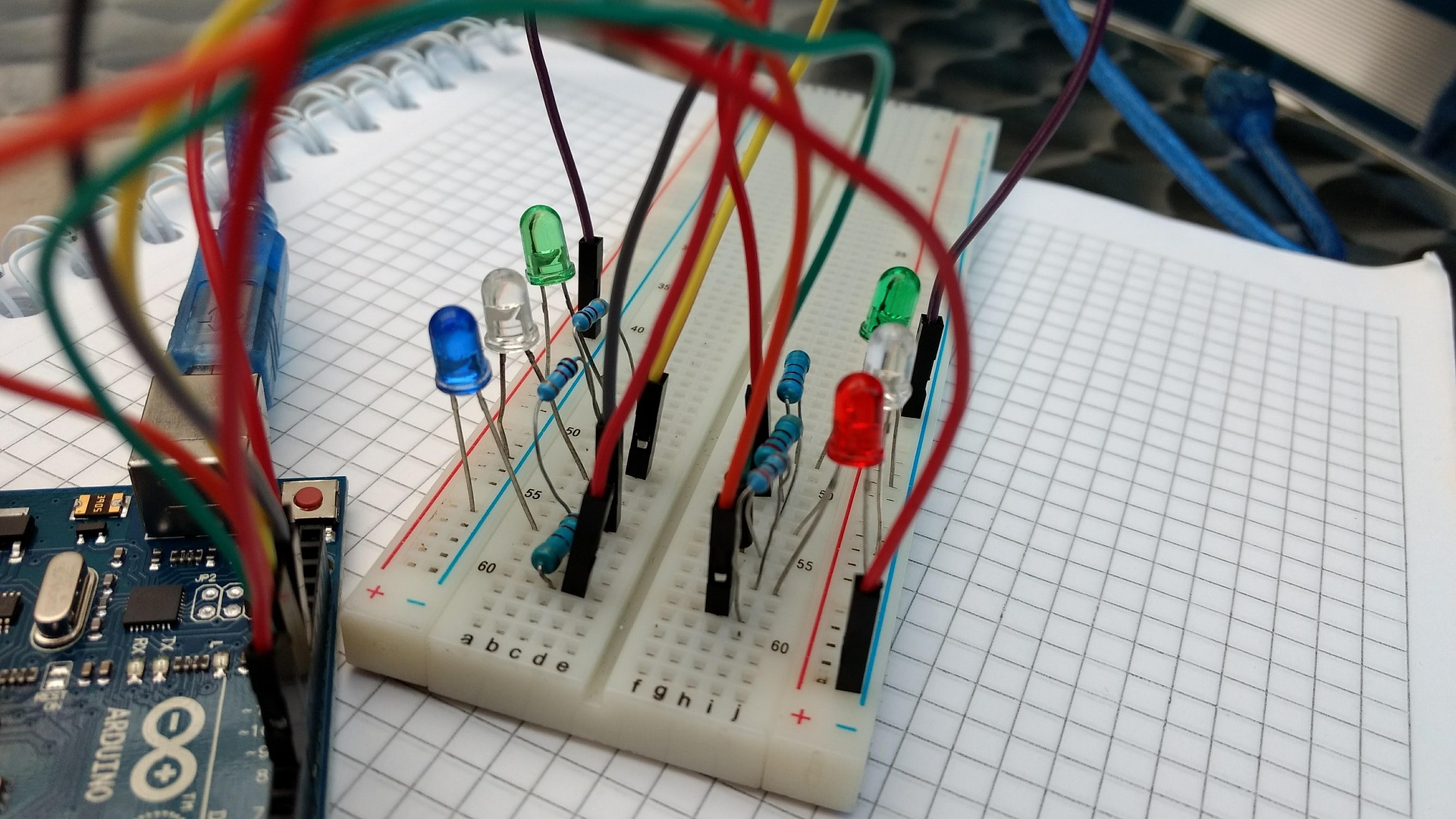Designing electrical systems for industrial applications requires careful consideration of various factors, including safety, reliability, efficiency, and cost-effectiveness. In this article, we’ll explore best practices for designing electrical systems for industrial applications.
Understanding Industrial Electrical System Requirements
Before designing an electrical system for an industrial application, it’s essential to understand the specific requirements of the facility. This includes:
- Load requirements: Determine the electrical load requirements of the facility, including the type and amount of power needed.
- Operating conditions: Consider the operating conditions of the facility, including temperature, humidity, and vibration.
- Safety and regulatory requirements: Ensure that the electrical system meets all relevant safety and regulatory requirements.
Best Practices for Designing Industrial Electrical Systems
- Use a modular design approach: A modular design approach allows for flexibility and scalability, making it easier to modify or expand the electrical system as needed.
- Select components carefully: Select electrical components that are suitable for the operating conditions and meet all relevant safety and regulatory requirements.
- Ensure proper grounding and bonding: Proper grounding and bonding are essential for ensuring the safety and reliability of the electrical system.
- Use protective devices: Use protective devices, such as circuit breakers and fuses, to protect the electrical system from overloads and faults.
- Consider energy efficiency: Consider energy-efficient solutions, such as LED lighting and high-efficiency motors, to reduce energy consumption and costs.
- Plan for maintenance and repair: Plan for regular maintenance and repair of the electrical system, including access to components and documentation.
Design Considerations for Industrial Electrical Systems
- Power distribution: Design a power distribution system that is efficient, reliable, and safe.
- Motor control: Design motor control systems that are suitable for the application and meet all relevant safety and regulatory requirements.
- Lighting: Design lighting systems that are energy-efficient and provide adequate lighting for the facility.
- Grounding and bonding: Ensure that the electrical system is properly grounded and bonded to prevent electrical shock and ensure safety.
- Safety and security: Consider safety and security features, such as emergency shutdown systems and access control, to protect personnel and equipment.
Benefits of Well-Designed Electrical Systems
- Improved safety: Well-designed electrical systems can improve safety by reducing the risk of electrical shock and other hazards.
- Increased reliability: Well-designed electrical systems can increase reliability by reducing downtime and improving overall system performance.
- Energy efficiency: Well-designed electrical systems can reduce energy consumption and costs by optimizing energy-efficient solutions.
- Cost savings: Well-designed electrical systems can reduce costs by minimizing waste and optimizing system performance.
Conclusion
Designing electrical systems for industrial applications requires careful consideration of various factors, including safety, reliability, efficiency, and cost-effectiveness. By following best practices and considering design factors, industrial facilities can ensure that their electrical systems meet their specific needs and operate safely and efficiently. If you’re looking for a partner to help you design an electrical system for your industrial application, consider Tadoben Electrical Engineering Company. Our team of experienced engineers is dedicated to providing innovative solutions that meet the unique needs of industrial facilities.
Get in Touch
If you have any questions or would like to learn more about our electrical design services, please don’t hesitate to contact us. We’re here to help you design an electrical system that meets your specific needs and operates safely and efficiently.

